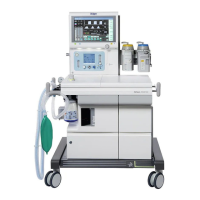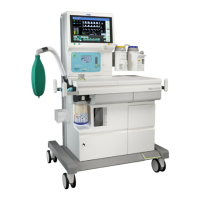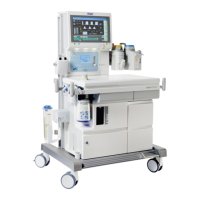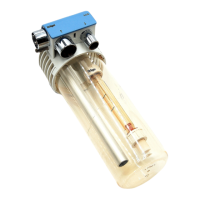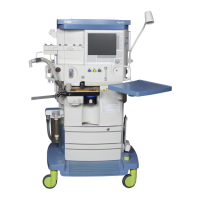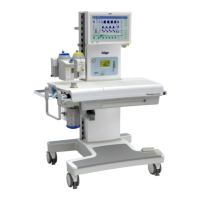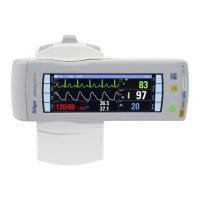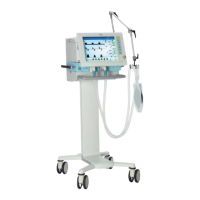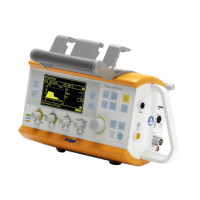Instructions for use | Atlan A300, A300 XL, A350, A350 XL SW 1.0n 223
Reprocessing
Flow sensors
High temperatures arise in the flow sensors, for example, in operation or while
calibrating during a system test. Due to the high temperatures, residual vapors of
flammable disinfectants (e.g., alcohols) and residues that were not removed during
reprocessing may ignite. As a result, user and patient could be put at risk.
► Ensure particle-free cleaning and disinfection.
► After disinfection, allow the flow sensor to air for at least 30 minutes.
► Before inserting the flow sensor, check for visible damage and soiling, such as
residual mucus, medication aerosols, and particles.
► Replace flow sensors when damaged, soiled, or not particle-free.
Incorrect reprocessing or soiling, e.g., residues or particles, can damage the flow
sensor. As a result, the patient could be put at risk.
► Do not use machine disinfection or cleaning
► Do not use plasma sterilization or radiation sterilization
► Do not use water jets, compressed air, brushes, or similar
► Do not use ultrasonic baths
► Do not use hot steam sterilization on the Spirolog and Infinity ID flow sensors
► Clean and disinfect the flow sensor in accordance with the associated
instructions for use.
► Use only clean disinfectant solutions to disinfect the flow sensor.
13.2 Information on reprocessing
Instructions for reprocessing are based on internationally accepted guidelines, e.g.,
standard ISO 17664.
► Follow the information on reprocessing attached parts, accessories, and
consumables in the associated instructions for use.
► Clean and disinfect the anesthesia workstation according to the infection
prevention policy of the hospital.
► The use of low-quality soda lime with a high proportion of limestone fragments
and dust can cause increased accumulation of soda lime residues in the
breathing system. Check the breathing system for residues at regular intervals,
e.g., every 4 weeks, and perform the reprocessing more frequently if necessary.

